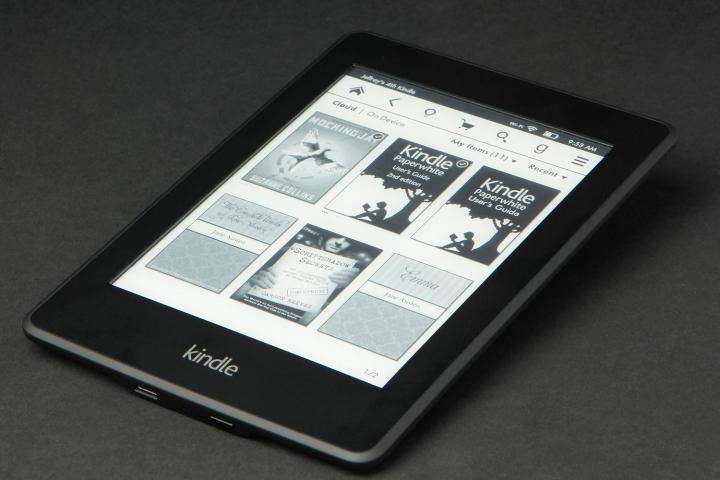
And how exactly does Amazon suggest readers get in touch with Hachette boss Michael Pietsch? Why, via his email address, of course, which it kindly included in its open letter.
Ongoing spat
The spat has been continuing for months, with Amazon calling on the publisher to offer its e-books for $9.99 instead of at higher prices. Hachette, whose imprints include Little, Brown and Company and Grand Central Publishing, has so far refused to cooperate, resulting in Amazon pulling a number of obstructive moves such as refusing to accept pre-orders for some Hachette titles, doing away with discounts on many of Hachette’s books, and slowing the delivery of a number of its titles to customers.
Amazon’s 1,100-word open letter insists e-books should be priced lower than traditional paper-based books as there are almost no overhead costs involved.
“Many e-books are being released at $14.99 and even $19.99. That is unjustifiably high for an e-book,” the Web company wrote in the letter in reference to Hachette’s pricing strategy. “With an e-book, there’s no printing, no over-printing, no need to forecast, no returns, no lost sales due to out of stock, no warehousing costs, no transportation costs, and there is no secondary market – e-books cannot be resold as used books. E-books can and should be less expensive.”
Related: E-reader reviews
It added that if Hachette offered more attractive pricing on its e-books, all parties would benefit: “The important thing to note here is that the lower price is good for all parties involved: the customer is paying 33 percent less and the author is getting a royalty check 16 percent larger and being read by an audience that’s 74 percent larger. The pie is simply bigger.”
The Seattle-based company believes the current situation mirrors that of the 1930s when, it claims, the literary establishment grew jittery in the face of growing sales of cheaper paperbacks. However, an attempt to back up its argument with a quotation from literary legend George Orwell appears to have gone somewhat awry.
‘We’ll never give up’
Toward the end of its message, Amazon said it will “never give up [its] fight for reasonable e-book prices,” urging readers to email Pietsch directly to ask for lower pricing.
Amazon’s move comes just days after more than 900 authors signed a letter to the online store calling on the company to stop penalizing writers for their association with Hachette, reminding the company that the affected authors “have made Amazon many millions of dollars and over the years have contributed so much.”
Related: Amazon tests a Netflix-like subscription service for e-books
The writers’ letter, published as a full-page ad in today’s New York Times, suggested readers contact Amazon boss Jeff Bezos to vent their feelings. And yes, his email address was included, too.
Whether reader involvement in the dispute will have any effect on the outcome of the dispute is hard to tell, but Amazon clearly feels that by calling on customers to contact Hachette’s boss directly it has a chance of persuading the publishing company to come around to its way of thinking.


